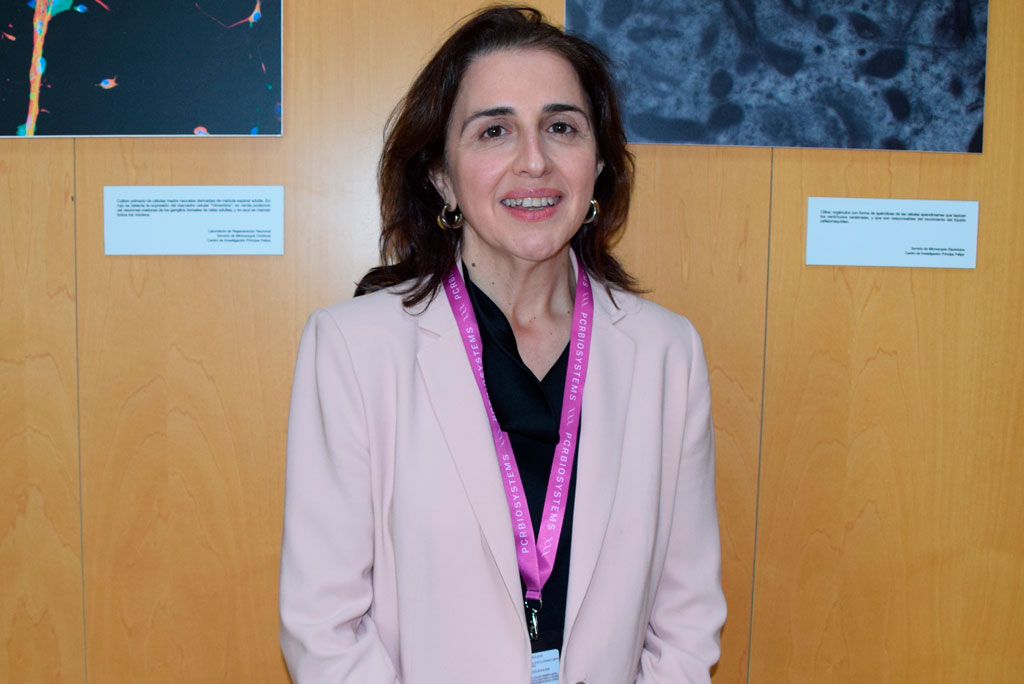Mechanisms of neural mimicry during melanoma metastasis
Speaker: Eva Hernando-Monge
Institution: Department of Pathology, NYU Langone Health, New York
Place: Jerónimo Forteza conference room, CIPF
Abstract: For most cancer types, metastatic spread of tumor cells from a primary location to distal organs throughout the body is the pivotal determinant of poor outcomes for patients. Roughly 90% of cancer deaths are attributable to metastasis, yet our understanding of the mechanisms responsible for metastatic spread is limited. Melanoma is an excellent model to investigate the mechanistic bases of metastasis. Unlike other cancers, melanoma metastasis frequently occurs from tiny primary tumors that are measured in millimeters, reflective of melanoma’s highly aggressive nature. However, the cellular and molecular mechanisms responsible for this phenotype are incompletely understood. The current staging system is insufficient at predicting which primary melanomas will recur and metastasize. To date, no genetic signatures or combinations have been found that can accurately predict metastatic behavior.
Our laboratory is studying the contributions of non-genetic alterations – including epigenetic programs and non-coding RNA — to the aggressive behavior of melanoma. We have found that melanoma metastatic potential often results from retention or re-activation of transcriptional programs characteristic of neural crest cells, the melanocyte cell of origin and a multipotent and highly migratory cell type. We are also investigating the molecular basis for melanoma’s notorious ability to adapt to the brain microenvironment. Our studies are revealing novel drivers of melanoma maintenance and progression, which might become novel prognostic or therapeutic targets.
PATROCINADO POR: 





